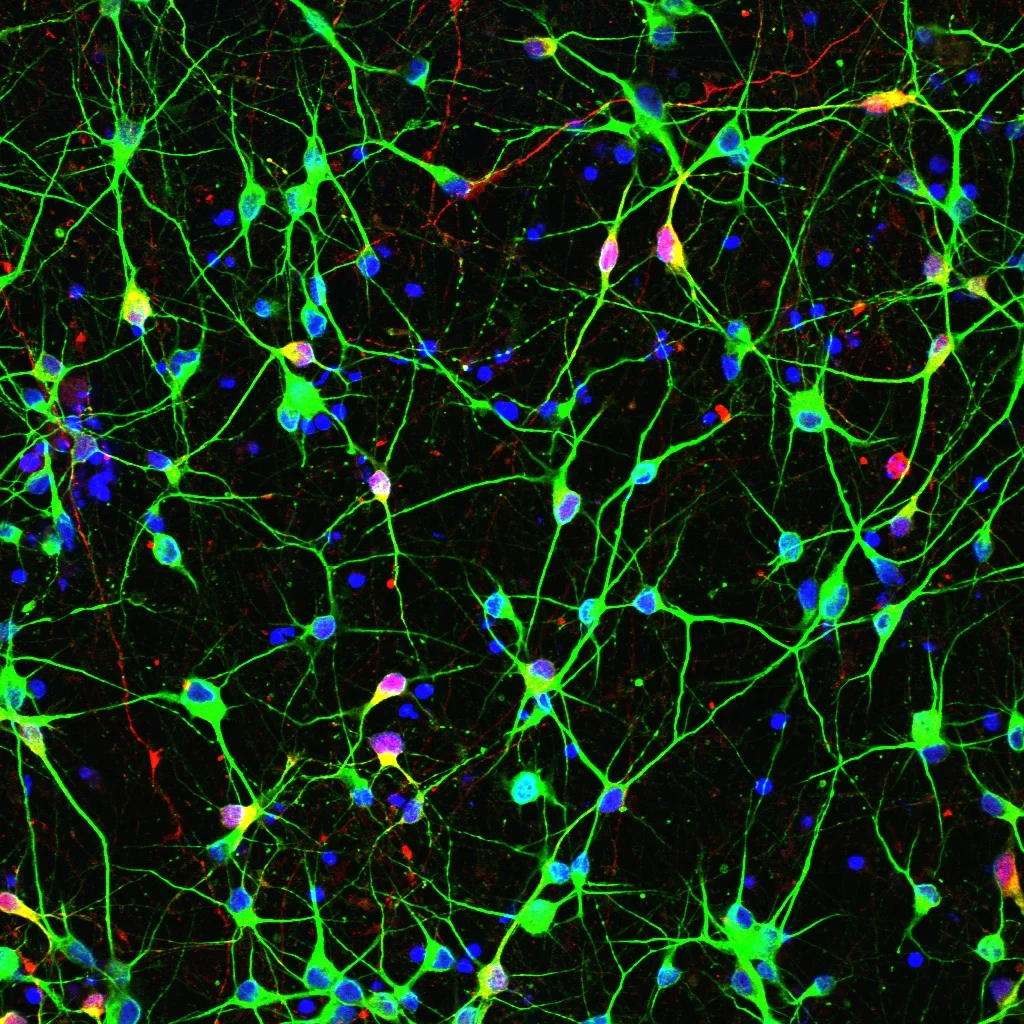MODELLING NEUROLOGICAL DISORDERS IN ISOGENIC HUMAN STEM CELLS
A major challenge in the study of neurodegenerative disorders has been the inaccessibility of the affected tissue, namely the brain. Two major technological breakthroughs are beginning to overcome this challenge. The first advance is the development of genetic and pharmacological approaches to direct the differentiation of human pluripotent stem cells into neuronal and glial types of interest. The second major advance is ability to precisely edit specific loci in the genome using programmable sequence-specific nucleases. We have leveraged these tools to develop isogenic stem cell-based models of neurodegenerative disease. This allows us to study the precise contribution of specific genetic factors to disease processes in a physiologically relevant human context.
USE OF ANIMAL MODELS FOR MECHANISTIC AND THERAPEUTIC STUDIES
Transgenic animal models of neurodegenerative disorders enable the longitudinal study of cell-autonomous and non-cell-autonomous disease processes in the context of the whole organism, and allow the characterization of disease phenotypes on the behavioural, neuroanatomical, cellular, and biochemical levels. We combine deep phenotyping of animal models of neurodegenerative disorders with genetic and pharmacological interventions to define key disease mechanisms and evaluate their potential as targets for therapeutic intervention.
